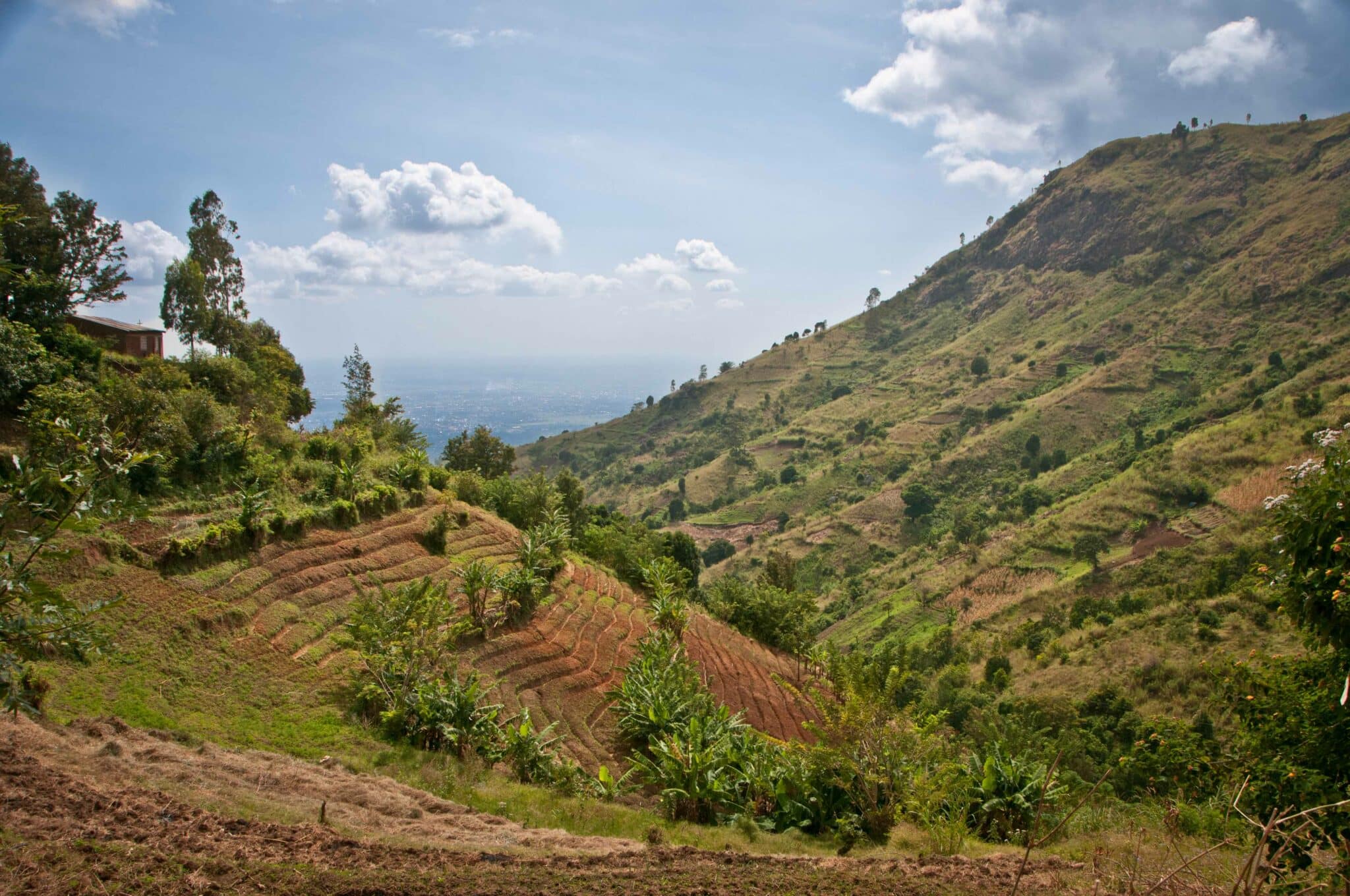These pillars—permanent soil cover, maximizing photosynthesis, stratification of plant layers, natural succession, and active management—work together to create resilient, self-sustaining farming systems that regenerate the land while ensuring long-term food security and economic benefits.
1. Always Keep Soil Covered
Healthy soil is the heartbeat of any farm, yet it is often left exposed, vulnerable to erosion, dehydration, and nutrient depletion. In syntropic agroforestry, thick layers of mulch, organic matter, and plant debris protect the soil like a living shield. This cover prevents erosion, retains moisture, and nourishes beneficial microorganisms that keep the ecosystem alive. Farmers who embrace this practice find that their soil becomes richer each year—building up to two inches of humus annually. What was once dry, lifeless dirt transforms into a thriving foundation for abundant harvests.
2. Maximize Photosynthesis
Nature wastes no sunlight, and neither does syntropic agroforestry. By densely planting crops and trees at different heights, farmers create a green powerhouse that captures CO₂, releases oxygen, and cools the surrounding environment. This process not only improves soil and air quality but also helps regulate rainfall by increasing moisture in the atmosphere. In these vibrant, multi-layered landscapes, plants work together to generate more life, more energy, and more food—proving that abundance comes from cooperation, not competition.
3. Stratification of Plant Layers
In a natural forest, different plants occupy specific spaces based on their sunlight needs. Syntropic agroforestry follows this wisdom by planting in layers—tall trees provide shade, mid-sized crops thrive beneath them, and smaller plants flourish at ground level. This method maximizes space, boosts biodiversity, and reduces the risk of pests and disease outbreaks. Instead of struggling against nature, farmers design food forests that work in harmony, ensuring continuous harvests throughout the year.
4. Succession in Time
Nature never stands still—plants grow, mature, and make way for the next generation. Syntropic farming speeds up this natural succession, allowing farmers to plant crops with short, medium, and long-term harvests all at once. Fast-growing vegetables provide food and income in the first few months, while fruit trees mature over years, securing future prosperity. By planning for the long term, farmers build food forests that will feed their families for decades, restoring degraded landscapes in the process.
5. Active Management
Unlike conventional farming, syntropic agroforestry requires active participation. Farmers don’t just plant and wait; they shape their ecosystems through careful pruning, biomass recycling, and soil enrichment. Pruned branches become organic mulch, feeding the soil and accelerating plant growth. Trees communicate through their roots, responding to these interventions by growing stronger and producing more food. With knowledge, observation, and timely action, farmers become stewards of their land, ensuring that their agroforests thrive for generations to come.

